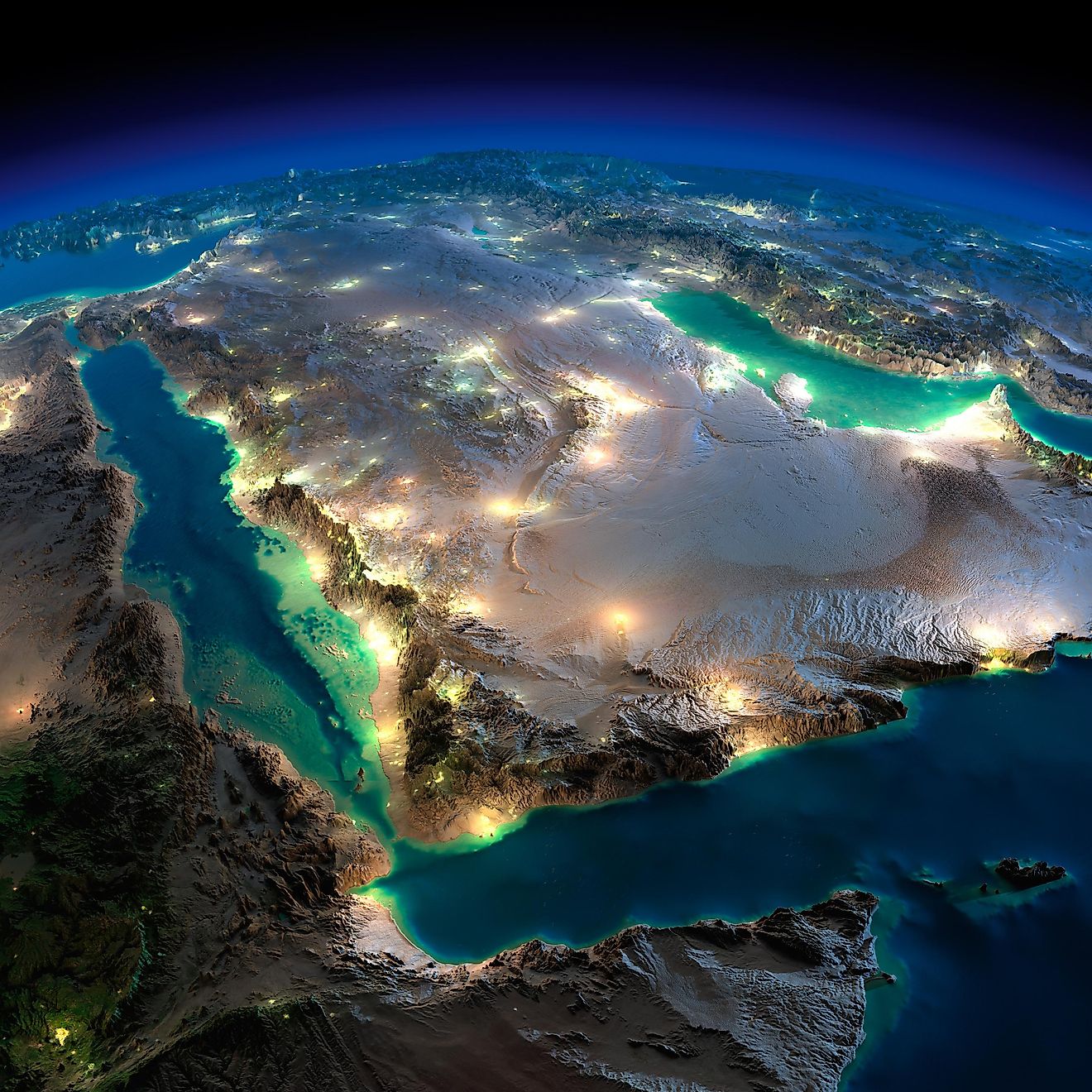Main Ways In Which The Earth's Surface Affects Culture

- Cultural geography is a subfield in geography that deals with the way different cultures are shaped by geographical landscapes.
- Topography is extremely important for the development of cultures because mountains can easily isolate humans and prevent them from stepping into contact with other cultures.
- Once humans started to sail over the oceans, it became easier to spread various cultures around, and coastal lines became the hubs where cultures were exchanged.
Our world is home to many different cultures. By visiting other countries we are exposed to many wondrous things of whose existence we were hardly aware of. Cultural diversity is extremely important for the world, and the best way to experience it is by visiting other countries. We use the word culture to describe the lifestyles of different groups of people. These people most often live in different countries than we do. There are many people on our planet, and the number of different cultures is astounding.
Every single one of these cultures contributes to the world in a specific way. One of the most important reasons why so many different cultures exist on our planet has to be geography. More simply, it has a lot to do with the surface of the Earth. The place where we live impacts our culture greatly. This is studied by cultural geography, which is defined as the study of different cultural components and their relation to geography. We will discuss some of the most important ways our planet affects our culture in this article.
Topography
We define topography as the study of reliefs. Valleys, hills, mountains, rivers, and lakes, all of these things are the subject of research in topography. All of these things influence our culture greatly as well. Mountains can act as natural barriers, just like oceans. They can limit our travel and isolate certain communities.
This is how cultural exchange can get restricted, and humans can start developing more isolated cultures. One of the biggest examples is Japan, which was isolated from the rest of the world for a long time because it is an island. However, this isolation can create some of the richest and unique cultures. Mountains can also affect cultures in other ways, by limiting their agriculture with their rocky surfaces.
Bodies Of Water
It is not surprising that oceans and rivers can influence the development of various cultures. Oceans have restricted human travel and access to other continents for the longest time. This is why people in different parts of the world developed completely different cultures. However, once humans started to travel more, they started to exchange different elements of their cultures on coasts.

There are numerous examples of countries using ships to spread their culture around the world. Some of those include the colonization attempts of Great Britain, Portugal, and Spain in the 16th and 17th centuries. These moments in our history were pivotal for the development of the world. Once we managed to get over the natural barriers, we were able to spread our culture more easily.
Climate And Vegetation
These two factors are correlated and it is not hard to see how they could affect the development of different cultures on earth. Climate determines how agriculture will be developed, how people will dress, and what types of houses they will most commonly live in. All important factors of a particular culture. It also determines how easy traveling will be, which can also play an important factor in the development of a particular culture.
Vegetation can also work in multiple ways in the context of culture. The most important one, however, is that it can become impenetrable, and prevent the more primitive cultures to meet with other people. This is the reason that many uncontacted tribes still exist in the world.











